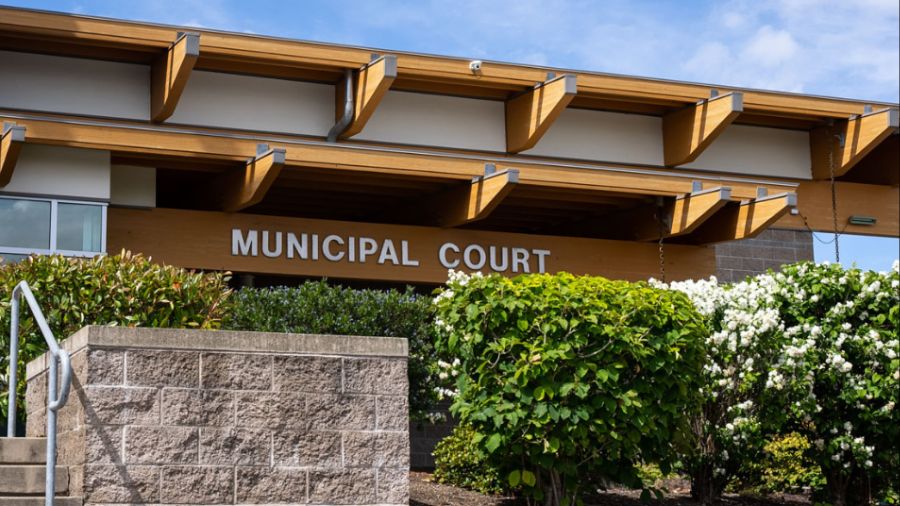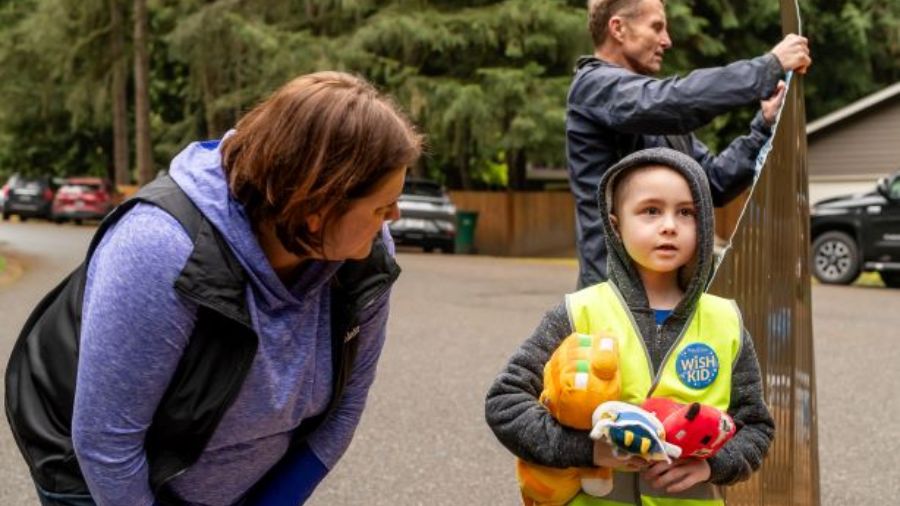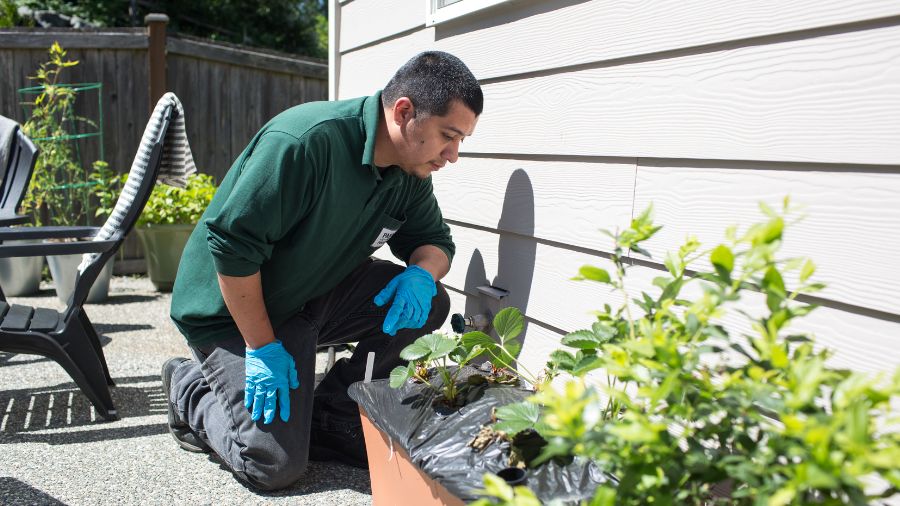Disappearing Seattle has become a cottage industry
Dec 1, 2016, 6:05 AM | Updated: 4:15 pm

The Shanty Cafe on Elliott Avenue will close after more than 100 years. (Cynthia Brothers)
(Cynthia Brothers)
When Seattle-native Cynthia Brothers attended the final night of a favorite place — the now-closed Filipino restaurant Inay’s in Beacon Hill — she lamented the loss of another beloved local spot.
Feeling depressed, she decided on a peculiar form of coping: Instagram. Someone, she thought, needed to chronicle the rapid changes in the Emerald City. Under “Vanishing Seattle,” she posted a short video of the final night’s drag show.
“I started it partly as my own therapy,” Brothers said with a laugh. “I was just feeling a need to document things that were being lost.”
Related: Seattle is winning the crane race
Within a day, she noticed the comments. Dozens of them. The Garfield High graduate started a Vanishing Seattle Facebook page and Twitter account. She’s earned more than 2000 Instagram followers and thousands of social media shares in months since.
And she’s also earned her place in one of Seattle’s growing cottage industries: The Changing Seattle Civic Lament.
When Brothers, 35, grabbed her @Vanishing206 Twitter handle she joined Ghosts of Seattle Past, #disappearingseattle, #lostseattle, the Lost Seattle (book), the Vanishing Seattle (book) and other social media feeds, websites listing closures and coffee shop conversations about Seattle’s growth-fueled metamorphosis.
Jaimee Garbacik, founder of Ghosts of Seattle Past, said it makes sense that so many people would arrive at the same conclusion at the same time. “There was a point in spring of 2015 when it seemed as though my entire social media feed was people venting and eulogies for places in Seattle that had recently closed or were about to,” she said in an email.
“Development has been relentless, and places are disappearing faster than Seattleites can process or grieve them.”
With Ghosts, Garbacik wanted a place she could curate memories of Seattle both hers and anyone else who wanted to contribute. “We put out a call for submissions across the city, asking people to send us art and essays,” she said.
Brothers and Garbacik say their efforts are not anti-development or against change, even while they acknowledge that taken collectively, the posts do come across as a lament of sorts. And both have received blowback from readers who see them as anti-change.
“There have been mild accusations of navel gazing, of attempting to halt development, of being NIMBY in one way or another,” Garbacik said. “I do think there are places that have a cultural significance that deserve assistance from a city that’s benefiting so mightily from those who came before and made the city appealing in the first place. But that’s hardly a rallying cry for halting the cranes.”
Asked if there was anything to be gained by Seattle’s rapid growth and change, Garbacik said some change is necessary and expected. The devil is in how a city manages it.
“If you are hoping to elicit a statement about how Seattle is becoming a “world-class” city, you’re asking the wrong person,” Garbacik explained. “I lived in Boston and New York before Seattle, and I have nothing against density in cities.
“Seattle’s fantastic at dreaming up the future, but so frequently forgets or glosses over its past in the process, and fails to learn from the mistakes it’s repeatedly made—which is why we have always been a boom and bust town,” she continued. “Have we gained innovation? Sure. But the city remains rather short-sighted in its planning, I think.”
Brothers said she started simply trying to account for the places lost. But, she said, the Vanishing Seattle evolved, growing a philosophy as it gained followers.
“I think for me the goals are to build awareness and dialogue around issues of development and gentrification and displacement,” she said of how her compass has moved since her first post in January. “And to motivate action and engagement.”
Even the city has waded into the worry. Last June, city Councilwoman Lisa Herbold, in response to publicized potential closures in Belltown, issued a public survey looking for opinions on “Legacy Businesses” in Seattle, intimating that maybe some Seattle shops should preserved from development threat.
Related: Searching for the long-lost Bellevue whaling fleet
Brothers said these efforts amount to a rough, real-time draft of history which is necessary for a city to shape its future. Garbacik agreed, adding that looking back isn’t necessarily a refusal to look ahead.
“I view nostalgia as productive. It reminds people of what formed us, who we were in a specific time and place,” she said. “Our historical context.”













